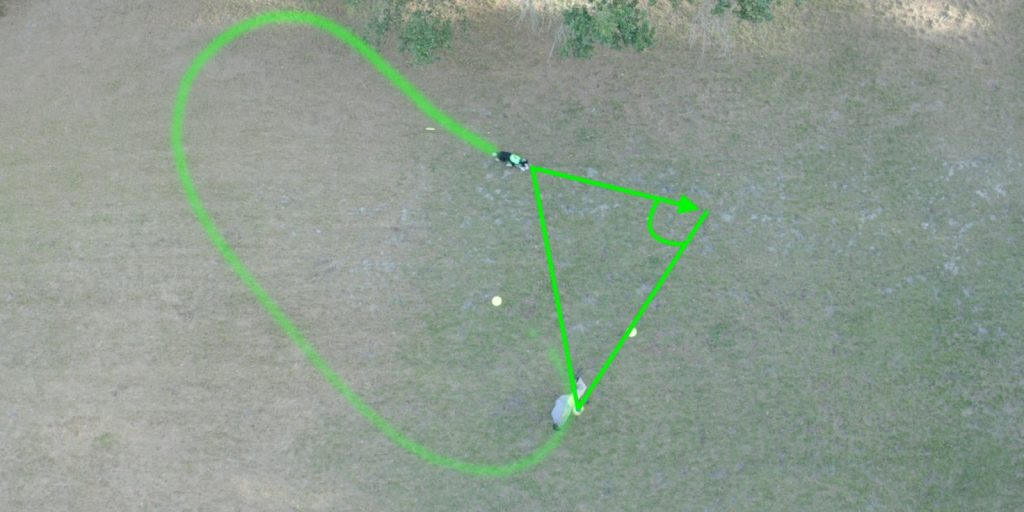
The Purpose and Value of Recognizing Shapes in Disc Dog Freestyle
I have been invited to participate by UpDog Challenge founder, Jack Fahle, in the UpDog Judges Certification program for the last 6 months or so. It’s an amazing program. I learn several somethings in every class. Every player should take it, as well as anyone who wants to judge, regardless of your preferred organization.
Each week we take on one of the judging categories of the Freestyle Showcase: Dog, Human, and Team, and the last week we put it all together with the Performance Round. Each subcategory is well defined – Flatwork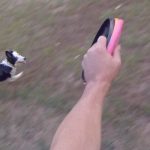 Flatwork is the stuff that happens between the catches. How the team moves and transitions, often without the disc, is flatwork. Flatwork concepts in disc dog are taken from the agility and herding... More, Flow
Flatwork is the stuff that happens between the catches. How the team moves and transitions, often without the disc, is flatwork. Flatwork concepts in disc dog are taken from the agility and herding... More, Flow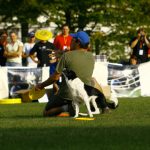 Flow is a key component of the modern day disc dog game. Keeping your dog moving with seamless, ever moving and flowing sequences with little to no set up time is the goal... More, Throw Placement & Flight, Release
Flow is a key component of the modern day disc dog game. Keeping your dog moving with seamless, ever moving and flowing sequences with little to no set up time is the goal... More, Throw Placement & Flight, Release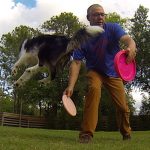 Release has many meanings in disc. Throws and throw variations can be referred to as releases. Sometimes you talk about the dog releasing something, the toy, or the environment, as in to stop... More Diversity & Difficulty, Disc ManagementDisc Management is a disc dog term that describes management and organization of discs throughout the routine. Disc Management is a scored category in most disc dog freestyle organizations and has great impact... More, Disc Management for the dog – to name a few.
Release has many meanings in disc. Throws and throw variations can be referred to as releases. Sometimes you talk about the dog releasing something, the toy, or the environment, as in to stop... More Diversity & Difficulty, Disc ManagementDisc Management is a disc dog term that describes management and organization of discs throughout the routine. Disc Management is a scored category in most disc dog freestyle organizations and has great impact... More, Disc Management for the dog – to name a few.
One of the more difficult subcategories to nail down and get a handle on is Shapes.
Shapes – Team Subcategory of the UpDog Freestyle Showcase
Subcategory Description:
- Team Movement Creates a Variety of Shapes:
- Linear Movement (back and forth / up and down field)
- Lateral Movement (side to side)
- Circles (Around the World)
- Arcs, Figure 8s, ribbon, etc
- Variety of shapes utilized throughout a routine will be rewarded. Limited variety will result in low point reward
- Innovative shapes that add t the uniqueness and cool factor of routine will be rewarded
What Are Shapes?
I wrote a piece recently on this that might be of help…
Shapes are created by the position and movement of dog, handler, and disc. And shapes can be created by the dog, the handler, and the placement of the disc. Shapes are a fact of disc dog freestyle.
When the dog leaves the handler for a catch, that tends to create a line. When the dog is away from the handler and moves across the field to make a catch, as in a Zig Zag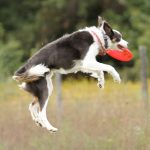 A Zig Zag is a series of catches in smooth succession that forces the dog to move back and forth across the field. Usually performed at a distance of 8-20 yards, the Zig... More or Around the World
A Zig Zag is a series of catches in smooth succession that forces the dog to move back and forth across the field. Usually performed at a distance of 8-20 yards, the Zig... More or Around the World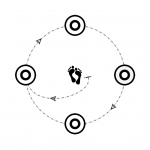 An Around the World is a disc dog flatwork pattern consisting of 4 catches in a circular pattern around the handler. This pattern is typically larger than 5 yards and often features creative... More, that tends to create a Shape.
An Around the World is a disc dog flatwork pattern consisting of 4 catches in a circular pattern around the handler. This pattern is typically larger than 5 yards and often features creative... More, that tends to create a Shape.

The angles between the dog, disc, and handler are the angles that define the Shapes. Movement and the type of movement by the dog, disc, and handler can also create and define Shapes.
Shapes can happen in the Big game, long throws like the image above, and they can also happen in Interior PlayPlay is willing, self-induced engagement in, and the experience of, novel, consequent opportunity. More.
Why Shapes?
Shapes are a Fact of Dog in freestyle.
Freestyle without Shapes is Toss and Fetch with Tricks.

All play is not equal. All catches are not equal. All throws are not equal. Part of assigning value to the quality, difficulty, ingenuity, or interest of a throw and catch is the shape that is created by the dog, disc, and handler during the catch.
A “proper” Zig Zag is a particular shape, defined by a significant interception. The image above is a good example. An easy Zig Zag is a different shape. A Passing maneuver is a different shape that looks quite a bit like an easy Zig Zag with lots of chase. An AroundAn Around, or a Go Around is the traditional disc dog set up move. The dog goes around the handler’s body in a clockwise or counter clockwise fashion allowing dog and handler to... More the World has a particular shape. A “proper” Around the World is a circle, an easy one is more of an oval. A broken one leads to an S-Curve of sorts.
Many tricks and sequences in the game of disc dog freestyle are defined by the shape made between dog, disc, and handler. The quality and difficulty of tricks, throws, and sequences are judged, in no small part based upon these shapes. Interesting and creative shapes are a large part of the unique self expression available in freestyle. Unique self expression is the very point of freestyle. It, literally, is what we’re supposed to be doing out there.

Shapes are often the defining aspect of different tricks. A Back Vault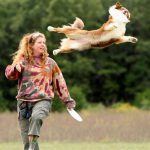 The dog uses the player´s body as a launching pad to jump for a disc. A Vault is a leaping catch from the handler’s body. The dog leaves the ground for the target... More from the side is different than a Back Vault from behind. An Over
The dog uses the player´s body as a launching pad to jump for a disc. A Vault is a leaping catch from the handler’s body. The dog leaves the ground for the target... More from the side is different than a Back Vault from behind. An Over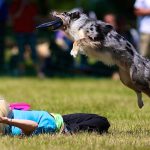 An Over is any leaping catch that happens over top of the handler’s body. Overs are usually named by the part of the body over which the dog flies, i.e - Leg Over,... More from front to back is different from an Over side to side. A flip at 12 o clock is different from a flip at 8 o clock. Doing it in a different place at a different angle is literally the whole point of freestyle. This is the definition of Shapes.
An Over is any leaping catch that happens over top of the handler’s body. Overs are usually named by the part of the body over which the dog flies, i.e - Leg Over,... More from front to back is different from an Over side to side. A flip at 12 o clock is different from a flip at 8 o clock. Doing it in a different place at a different angle is literally the whole point of freestyle. This is the definition of Shapes.
When judging freestyle we have to make value judgements of what “cool” means – this is cooler than that. We make value judgements of what “difficult” means – this is more difficult than that. We make value judgements as to what “new” means – this is not the same as that. The positional relationship between dog, disc, and handler, and the patterns made and type of movement are a big part of these value judgements. These positional relationships are Shapes.
Freestyle without shapes is toss and fetch with tricks, which is cool, but what do you do when someone does more than simple toss and fetch with tricks? How do you score that? The purpose and value of Shapes as a judged category are to help separate and distinguish levels and types of play.
How Shapes are Made
The position, orientation, and/or movement of dog, handler, and disc are the variables of Shapes. Shapes are created by the handler, the dog, and the disc in some combination of position and/or movement. Change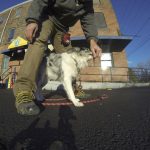 If the dog is standing underneath you, facing in the same direction, you are in Change position. This position is uncomfortable for many dogs due to the intense positional pressure that often accompanies... More one of the variables’ position, orientation, or movement and you change the shape. This is a minimum of 9 variables. That is a lot of variables.
If the dog is standing underneath you, facing in the same direction, you are in Change position. This position is uncomfortable for many dogs due to the intense positional pressure that often accompanies... More one of the variables’ position, orientation, or movement and you change the shape. This is a minimum of 9 variables. That is a lot of variables.
Shapes From the Handler
The handler’s orientation, position, and/or movement can create or define a shape. If the handler is facing forward to the play, the throw and the dog’s movement will be different than if the handler is facing backwards to the play. Sideways will yield a different shape. The handler’s orientation changes how the disc is thrown and the dog’s response.

If the handler is further away from the play, or is located at a funky angle to the play, the throw and the dog’s response will be changed. If the handler moves before, after, or during the play, the dog’s response and the Shape created between dog, handler, and disc will be changed.
Shapes, and how cool, difficult, fresh, or interesting they are, are partly defined by the handler’s orientation, position, and/or movement. These things matter.
Shapes From the Dog
The dog’s orientation to the handler or the disc can and does change the Shape. A flip with the dog standing in Heel position creates a different shape than a flip from Front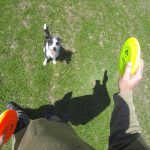 Front is a stable position directly in front of the handler. Front is an traditional obedience skill. Usually your dog sits in this position, but standing is often acceptable as well, especially in... More PositionIn the Play+ philosophy, "Position" is the final stage within the "Next" phase of a Cycle of Play. It acts as a pivotal link between the "Next" phase and a new "Now" phase. More. If the dog is facing away from the handler at the beginning of the flip, it can and does change the shape of the flip itself and will impact the approach to the next trick.
Front is a stable position directly in front of the handler. Front is an traditional obedience skill. Usually your dog sits in this position, but standing is often acceptable as well, especially in... More PositionIn the Play+ philosophy, "Position" is the final stage within the "Next" phase of a Cycle of Play. It acts as a pivotal link between the "Next" phase and a new "Now" phase. More. If the dog is facing away from the handler at the beginning of the flip, it can and does change the shape of the flip itself and will impact the approach to the next trick.
A dog’s outrun or directional preference after a catch can and does change the Shape of the game. Well, it can and does if the handler does something more than wait for a retrieve or immediately fire out another disc.
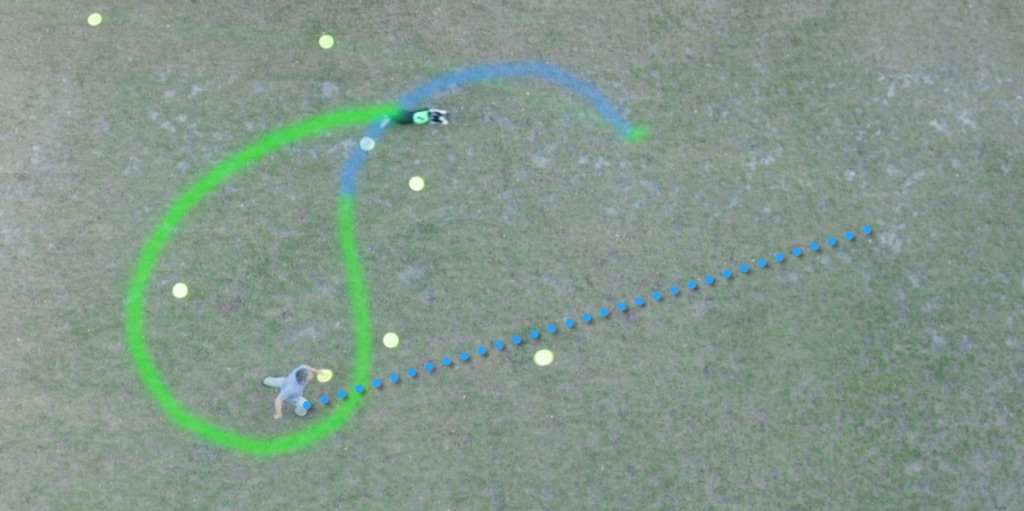
Throws to a dog that is moving laterally creates a shape. Like in a Zig Zag or Around the World. If a throw is made while the dog is retrieving, the Shape of the game is influenced. Where and when that throw is made matters.
A dog that is running fast’s Shape to a disc will be different from a dog that is slowly stalking and eyeing the disc or handler. A dog at the handler’s feet creates a different path to the disc than a dog that is 15 yards to the left of the handler. These two Shapes are, obviously, very different.
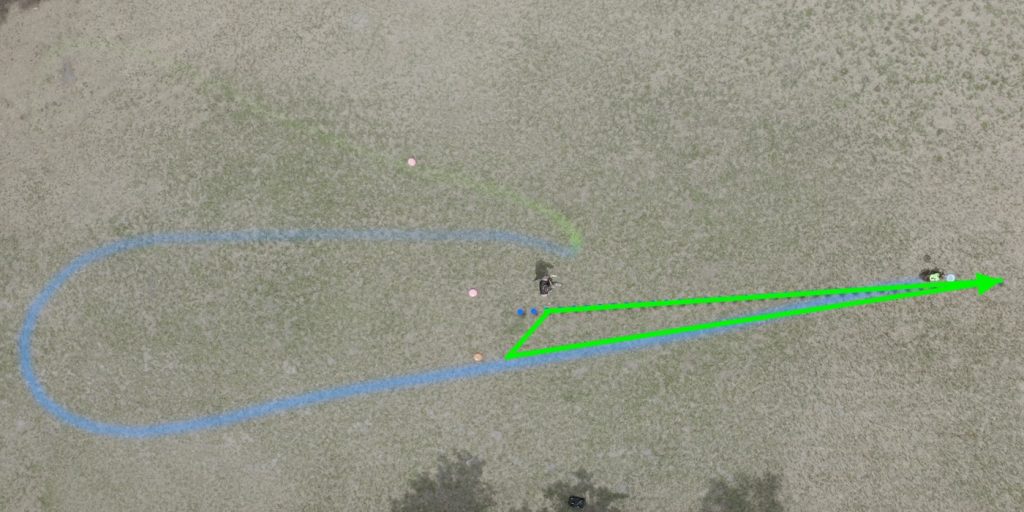
Shapes from the Disc
A disc that is thrown low and fast creates a different Shape than a disc thrown high and floaty. A disc thrown to a dog in stride for the leaping catch creates a different Shape as well.
Throws to the left create different shapes than throws out front or to the right. Throws behind the handler yield different results as well. Throws at 8 o clock create a different shape than throws at 2 o Clock – this happens all the way around the clock dial.
Shapes for Whom
Shapes are for everybody. They really are.
For You, the Jammer
Shapes are for you and your dog, like personally. As competitors and jammers.
As a jammer, Shapes are a way for you to showcase and highlight you and your dog’s skills and to separate these skills from the rest of the pack. They are a place for you and your dog to shine.
For You, the Competitor
As a competitor, Shapes are a way for you to get fairly scored for what you and your dog put out on the field.
If you do cool stuff that is interesting to look at and difficult to do, you should get rewarded for that. If your stuff is lacking in that regard, you should get better at them so you can be a better competitor.
For You, the Judge
Judging is hard. Having an understanding of Shapes makes it much easier to fairly assess the competitors that play under your scrutiny and to fairly reward quality play. It creates a multifaceted understanding of what is happening out there and gives you many opportunities to find points for creative and unique play.
When and Where Shapes
Shapes are literally everywhere and all the time. Shapes are. Shapes are inside in Interior play and outside on longer throws. Shapes are in Flatwork and Shapes are in Flow. Shapes happen with flips, vaults, and creative releases. Retrieves, approaches, outruns, and Set Up Moves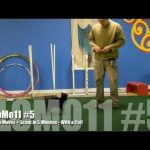 Set Up Moves are tricks that are used to establish timing and position in disc dog freestyle. Traditional tricks include: Around, Through, Backwards Through, and Scoot, but any or all of your tricks,... More contain and create Shapes.
Set Up Moves are tricks that are used to establish timing and position in disc dog freestyle. Traditional tricks include: Around, Through, Backwards Through, and Scoot, but any or all of your tricks,... More contain and create Shapes.
Do more with your game than play Toss and Fetch with tricks. Do cool stuff, difficult stuff, fun stuff, and interesting stuff; play around with Shapes and appreciate the unique self expression they convey.

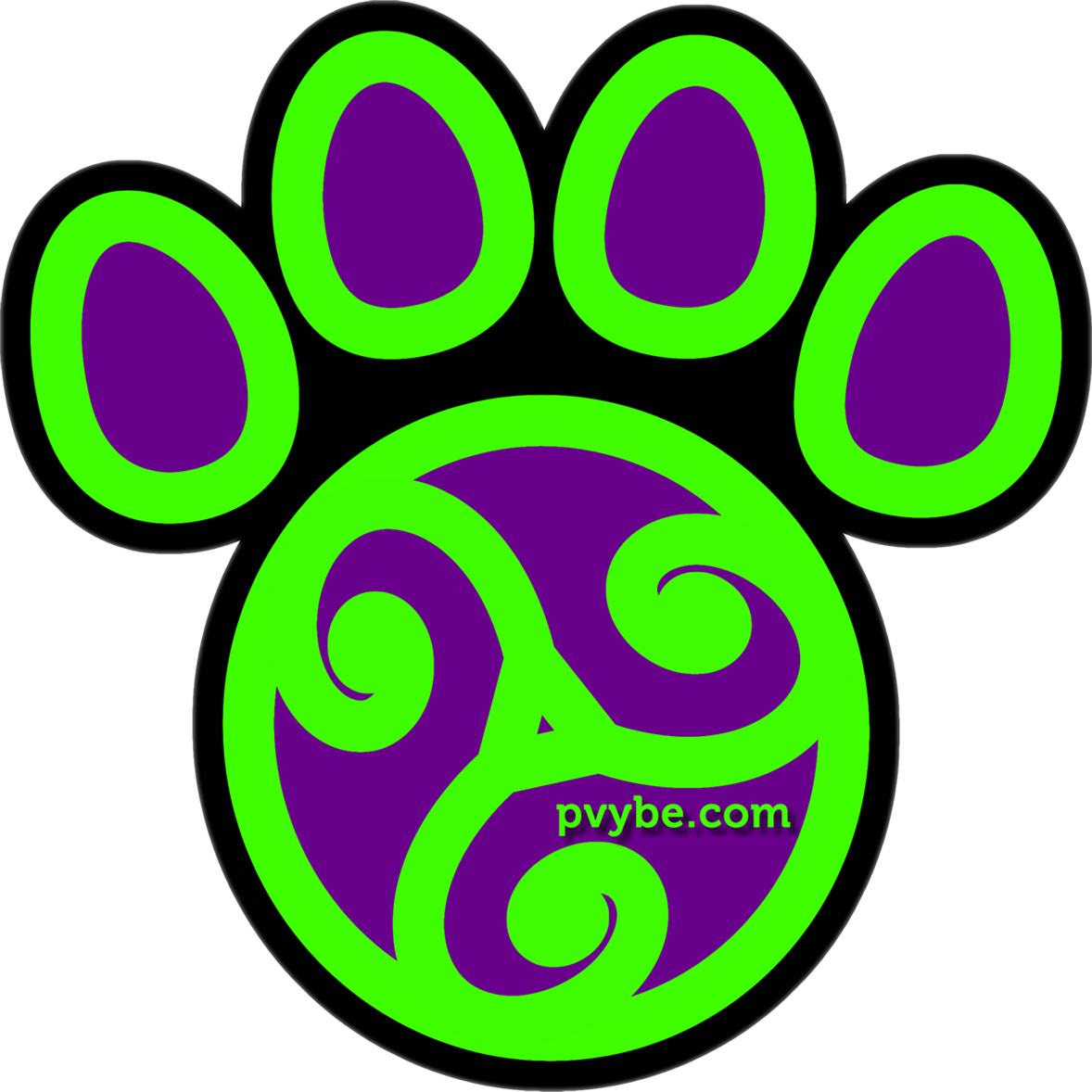


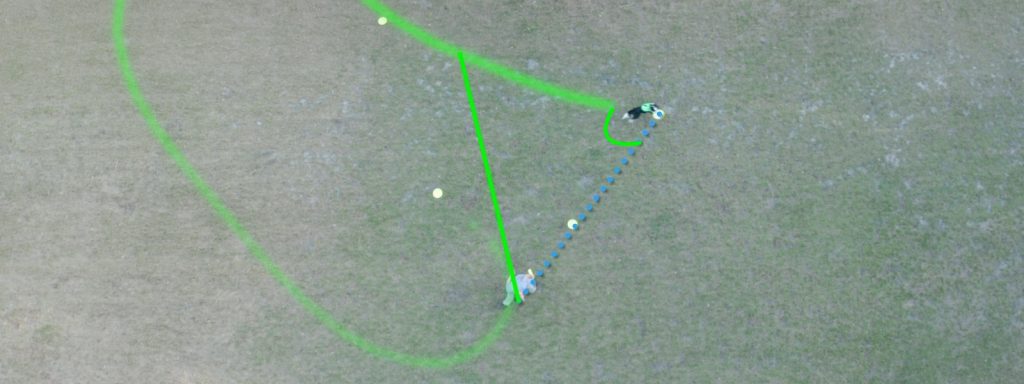
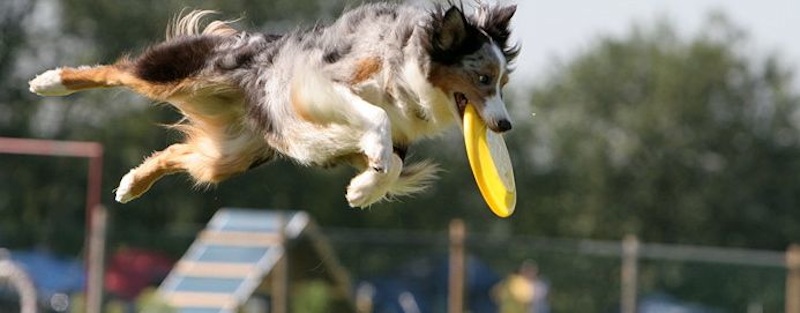
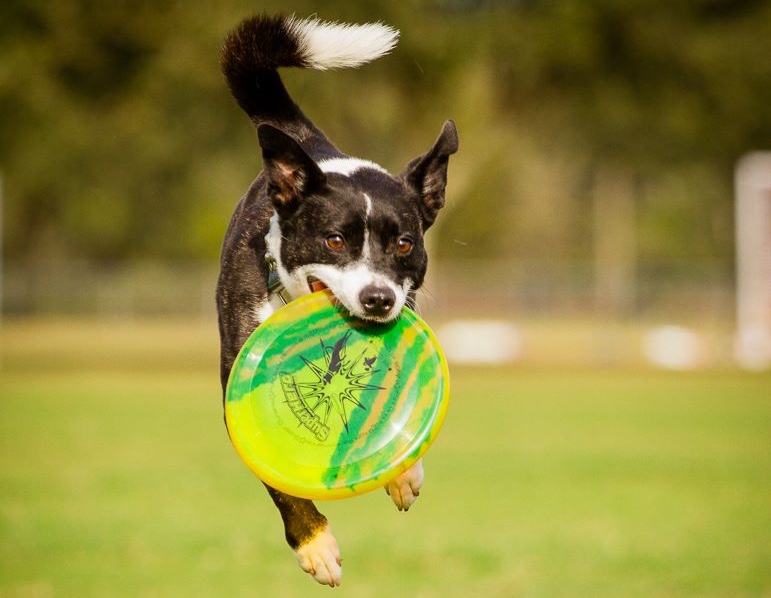
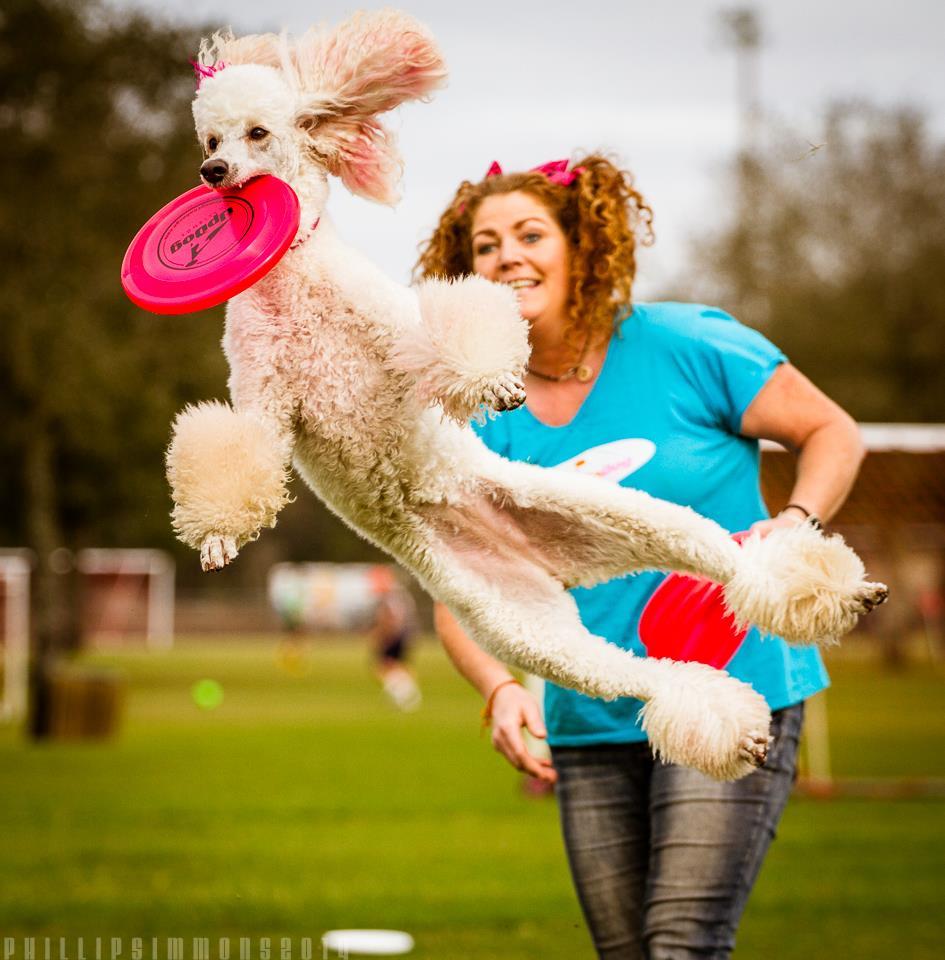
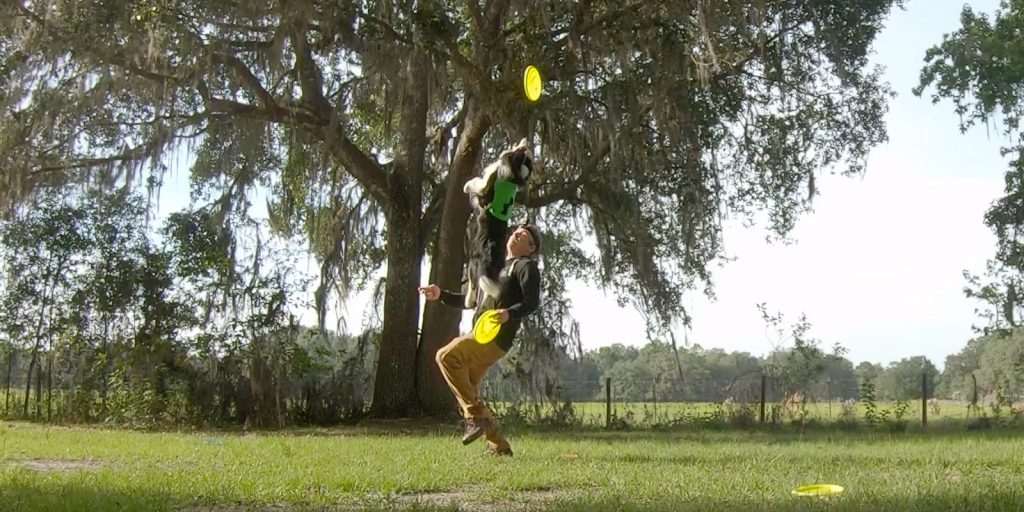
Responses